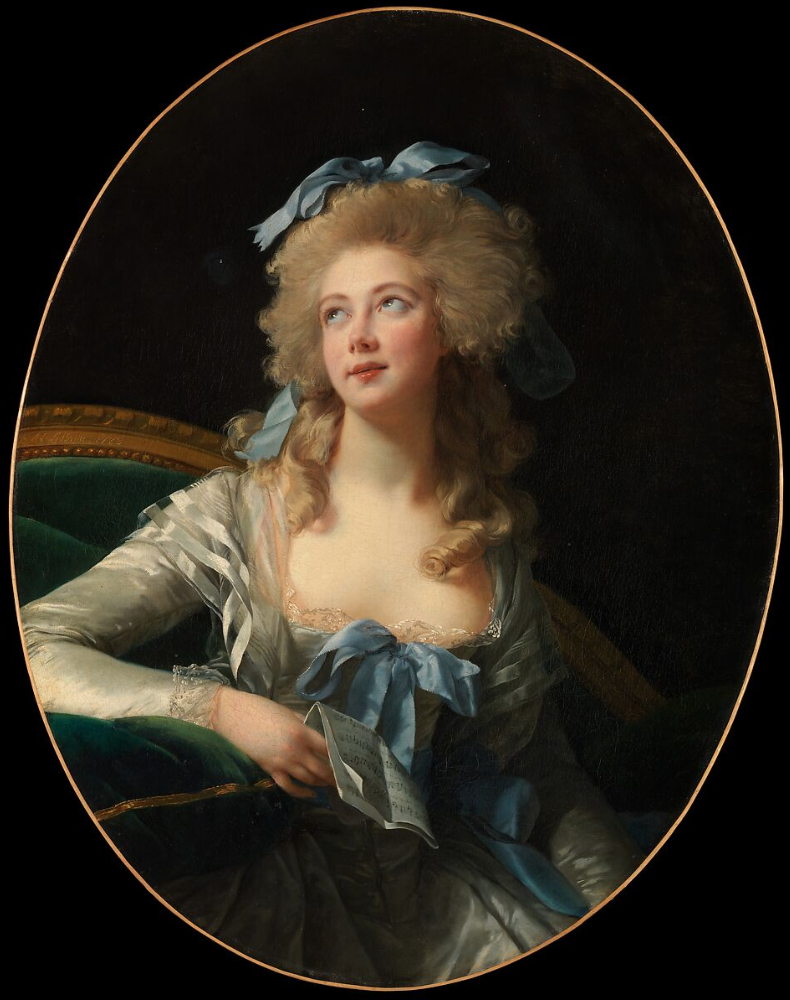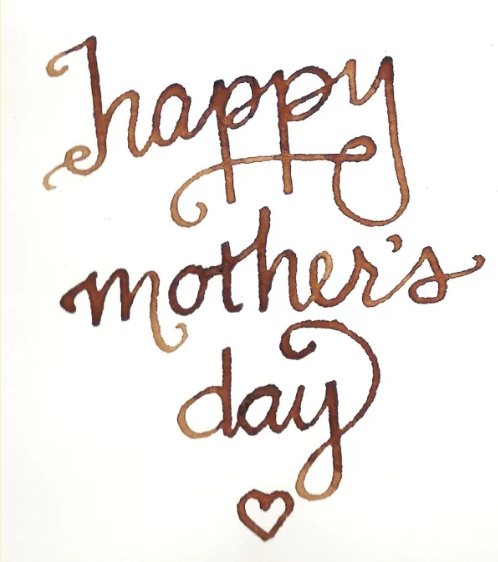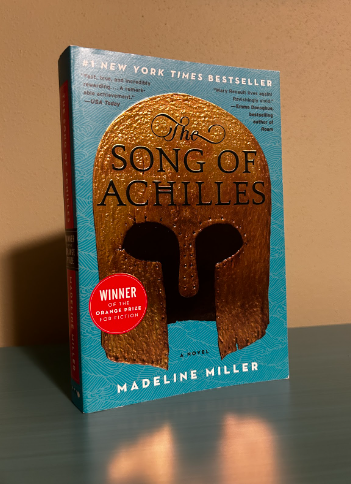Overnight (or so it seemed), decorative ribbons and bows emerged as a fashion sensation of 2023, both in haute couture and in streetwear. Synonymous with girlhood and femininity itself, ribbons and bows are worn to elevate hairstyles and outfits. Historically, however, bows were not always targeted towards women; in fact, bows were once worn almost exclusively by men. The history of ribbons and bows is more nuanced than most might imagine.
The origin of ribbons and bows dates back thousands of years to ancient civilizations, where it was customary for ancient Greeks, Egyptians, Sumerians and Aztecs to wear ribbons and similar hair adornments. Within the Metropolitan Museum of Art is a set of Sumerian hair ribbons, made from gold circa 2600-2500 BCE. Ancient hair accessories were multi-purposed: when worn for aesthetic reasons, they could complement one’s appearance; when worn for practical reasons, they could tie hair in place, out of one’s face; and when worn for symbolic reasons, they could indicate social status and wealth.
Although hair ribbons have existed for a long time, they saw a flare in popularity during the Enlightenment period. In late-16th century France, ribbons and bows were popular among young men, primarily due to the lovelock hairstyle. The lovelock, a long plait draped over the chest, was tied with a bow or a ribbon near the end. Because it was worn over the heart, the lovelock signified the wearer’s romantic devotion to his partner.
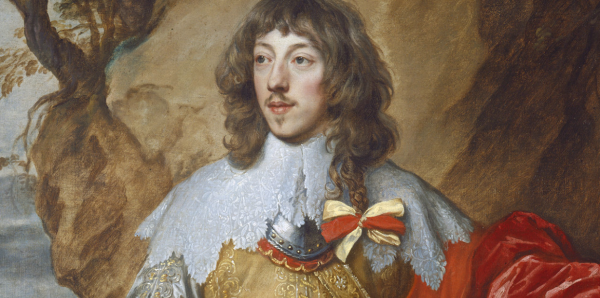
By the end of the 17th century, however, the lovelock hairstyle fell out of fashion. Ribbons and bows were no longer hair accessories worn primarily by men; more and more women began to wear ribbons, popularized by a new hairstyle called the fontange. The fontange was a decorative linen cap with layers of ribbon and lace, named after Marie Angélique of Fontanges, a mistress of “Sun King” Louis XIV of France. In the 1680s, this hairstyle became popular among French noblewomen after Marie Angélique was seen wearing her hair tied up with ribbons. As the tale was told, Marie Angélique’s hair had fallen loose while horseback riding; at the time, it was considered “scandalous” for a woman to wear her hair loose, so Marie Angélique bound her hair with a ribbon torn from her dress. Her improvised hairstyle delighted the Sun King and nobles alike.

While men may have stopped wearing bows in their hair, they did not forgo bows entirely: take, for example, the bow tie. Still worn today, the bow tie’s origins can be traced back to 17th century France, where it was originally worn as a scarf tied around the necks of Croatian mercenaries serving in the Thirty Years’ War. After it caught the attention of King Louis XIII, the bow tie — formerly called a cravat — was introduced to French high society. It was at this time that ribbons and bows began to be used as accessories for both hair and clothing.
A century later in the French court, a popular style of dress emerged among noblewomen: the “Robe à la Française.” A luxurious silk gown, its bodice adorned with ribbons, bows, lace and embroidery, the “Robe à la Française” was beloved by Queen Marie Antoinette and, of course, her courtiers. Allegedly, Marie Antoinette’s hairdresser spent 20,000 francs on hair ribbons only, because the Queen had such a fondness for the accessory. What the Queen liked, the entire country liked: the Queen’s tastes were so influential to the fashion world that ribbons saw yet another flare in popularity during her reign.
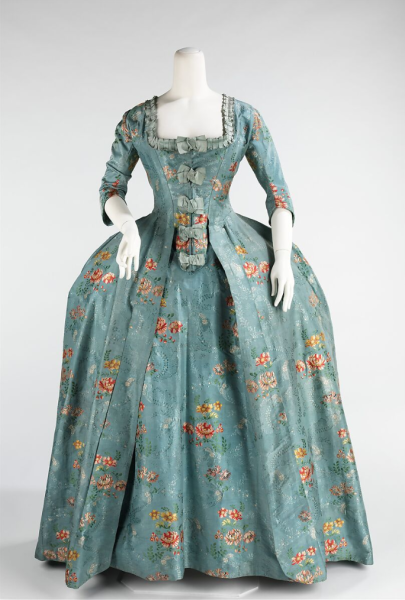
Fast forward to the 1900s. Bows acquired romantic connotations once more, mirroring the lovelock hairstyle from four centuries earlier. Teenage girls in the 1940s wore bows in their hair to reveal details about their love lives; whether she was “out to get herself a man,” “deeply in love,” or “not interested in men” at all depended on the placement of the girl’s bow, as documented in a 1944 publication of LIFE Magazine.
Now, in 2023, ribbons and bows are experiencing a renaissance in the fashion world. As with most accessories, it is easy to dismiss ribbons and bows as frivolous items. But ribbons and bows are surprisingly multifaceted, certainly more than just trivial trinkets; they are culturally significant to nearly every era in history.



